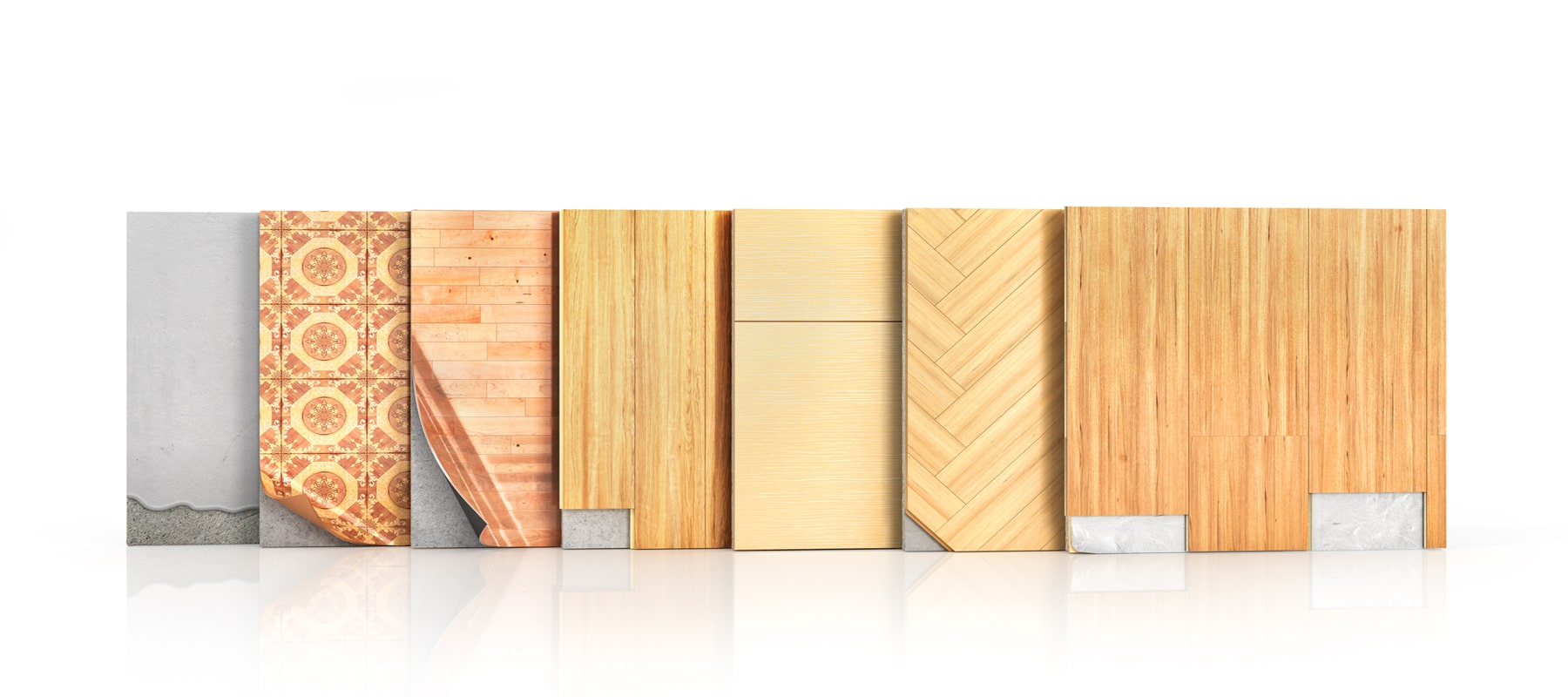How Much Does a Tennis Court Cost?
Last Updated: January 14, 2022
On This Page
Anyone for tennis? With a court installed on your property, this is a question you're bound to be asking quite often. But before you can enjoy permanent home court advantage, there's a lot of work to be done. Building a tennis court is a complex and expensive project that, if not properly planned for, can end up costing you even more money in the long run. Use this buying guide from Cost Owl to learn about the basics of tennis court construction, including pricing.
Tennis Court Considerations #
There are a number of options to consider when constructing a tennis court, and they all have a bearing on cost. Some of the most important factors to keep in mind are discussed below.
- Court Composition: Tennis players refer to a court as being either "hard" (asphalt or concrete) or "soft" (clay or grass). Courts can also be "cushioned" (a resilient surface, such as polypropylene installed over asphalt or concrete). Softer courts have slower balls speeds and are easier on the body, but they require significantly more upkeep than hard courts. Hard courts are more expensive upfront, but incur less maintenance costs over time.
- Area: You must have sufficient room to build a court. The standard size for a regulation double tennis court is 60 feet wide by 120 feet wide; a regulation single court should be at least 55 feet wide by 115 feet long. These measurements, however, reflect only the court itself. Additional space will be needed for drainage, landscaping, and fencing. If you want a professional-grade court with amenities for players and spectators, even more space is required.
- Site Preparation: An improperly built slab, or a slab that's built on an unsuitable subsurface, spells doom for a tennis court. Land that is uneven, swampy, or rocky will drive up preparation costs, as will the presence of expansive soil, organic or peat soil, high groundwater, and waste materials. A soil analysis is therefore recommended before the start of construction. Even if the subsurface is relatively level and lacks the complicating factors listed above, steps must be taken to prevent water problems. Depending on site conditions, this could mean installing a stone drainage medium or an underground drainage system (such as French drains). For complete tennis court construction guidelines, read more at the American Sports Builders Association website.
- Location and Orientation: If you live above the 38th parallel, where tennis cannot be played outdoors year round, a true north-south court orientation is recommended for good playing conditions (i.e. sun angle) during mid to late afternoon of the summer months. Below the 38th parallel, however, tennis can be played during all 12 months, so additional sun angle considerations come into play. If you plan to play tennis at night, orientation is less important. Consult recommended court construction guidelines to learn more. A brief overview of the topic is explored here.
- Amenities: Lighting, fencing, windscreens, backboards, shade structures, a score keeping unit, and additional landscaping (such as a decorative perimeter wall) are popular tennis court add-ons. You may also want to invest in maintenance equipment for the court. Bear in mind, however, that everything above and beyond the court itself will result in a higher project cost.
Tennis Court Costs #
- A basic tennis court can be built for $25,000 to $50,000; more upscale courts can cost as much as $100,000 to $200,000 or more.
- Clearing and grading the site might cost $15,000 to $25,000.
- Hard courts cost approximately $25,000 to $75,000 (a post-tensioned concrete court is more expensive, but recommended for stability and lower maintenance).
- Grass courts are typically the most expensive, with costs running as high as $200,000 or more.
- A clay court costs $25,000 to $60,000.
- Adding a cushioned surface costs $5,000 to $25,000.
- Maintenance for a grass or clay court might cost $1,000 to $3,000 per year.
- Fencing and lighting can add $10,000 to $15,000 or more to the project cost.
